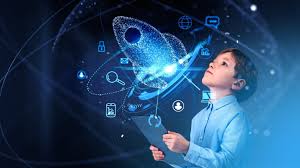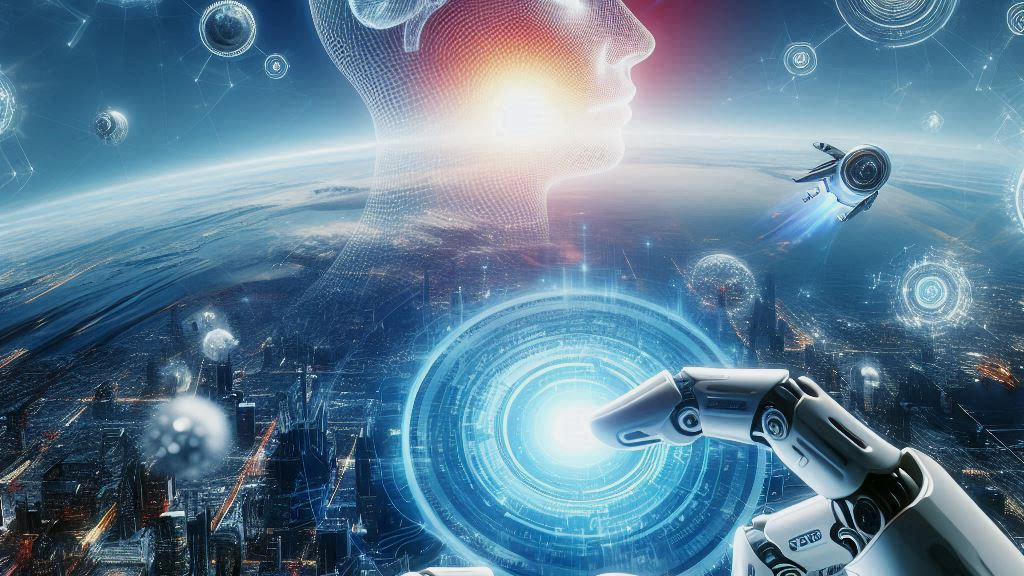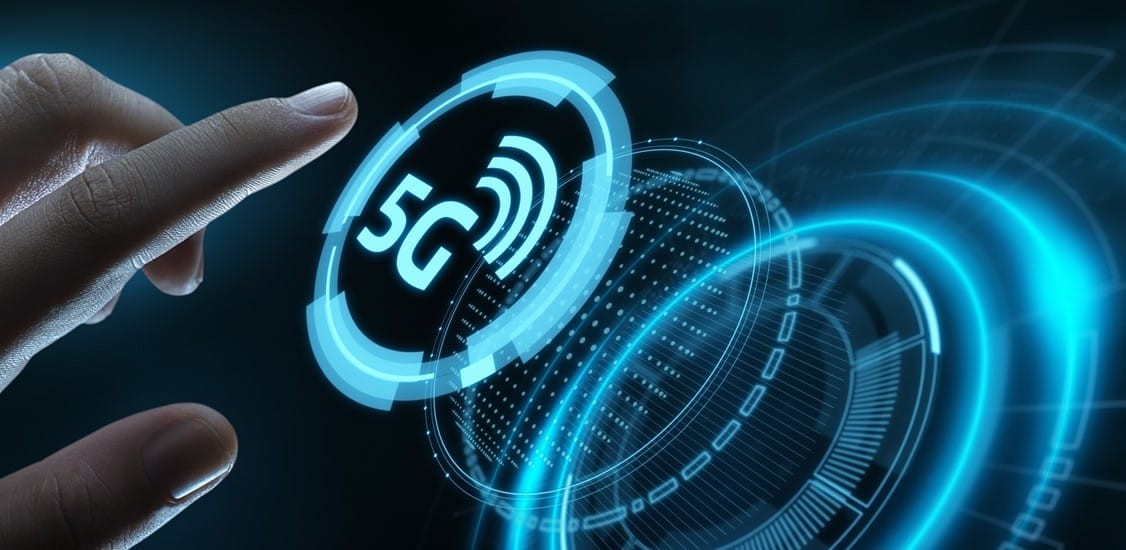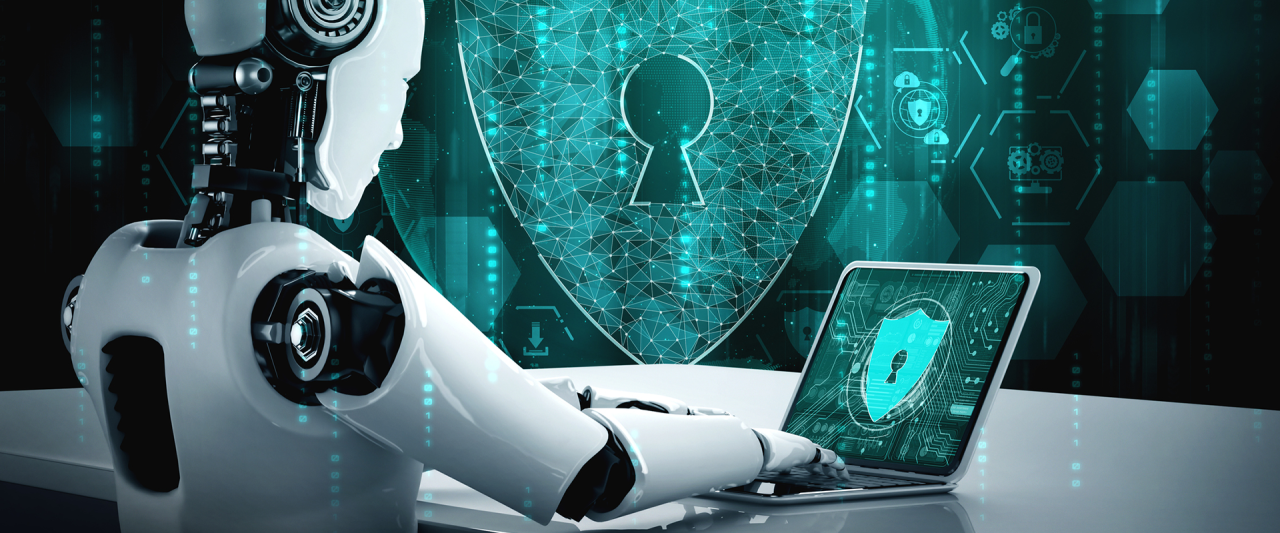Introduction: The Power of Technology
- What is Technology?: A brief overview of the role of technology in society, emphasizing its role in transforming industries and everyday life.
- The Rapid Pace of Technological Change: How technology evolves faster than ever before, with significant breakthroughs each year.
- The Impact of Technology on Global Industries: A look at how advancements are revolutionizing industries like healthcare, education, manufacturing, and more.
Chapter 1: Emerging Technologies to Watch
- Artificial Intelligence (AI) and Machine Learning: Understanding AI’s transformative potential in automation, data analysis, and everyday applications.
- 5G Technology: How 5G will revolutionize internet speed, communication, and IoT connectivity.
- Blockchain: Beyond cryptocurrency, blockchain’s impact on industries like finance, healthcare, and supply chain management.
- Quantum Computing: What quantum computers can do, their potential applications, and how they might revolutionize industries like pharmaceuticals, finance, and cybersecurity.
- Augmented Reality (AR) and Virtual Reality (VR): Exploring the immersive potential of AR and VR in gaming, education, healthcare, and entertainment.
- Edge Computing: How edge computing brings data processing closer to the source to speed up real-time applications and reduce latency.
Chapter 2: The Role of Artificial Intelligence
- What is AI?: A simple introduction to AI and its components, including machine learning and neural networks.
- AI in Everyday Life: How AI powers everyday applications like virtual assistants, recommendation systems, and predictive analytics.
- AI in Business: The role of AI in improving business operations, enhancing customer experiences, and optimizing supply chains.
- The Future of AI: Discussing the potential and challenges of AI in areas like healthcare (personalized medicine), autonomous vehicles, and financial services.
- Ethical Considerations: Addressing the ethical concerns surrounding AI, including privacy issues and algorithmic bias.
Chapter 3: The Internet of Things (IoT)
- What is IoT?: Understanding how billions of interconnected devices are reshaping industries and homes.
- IoT in the Home: Smart homes and personal devices that improve convenience, security, and energy efficiency.
- IoT in Industry: How IoT improves operations, maintenance, and productivity in industries like manufacturing, logistics, and agriculture.
- Security Challenges: The risks associated with IoT, including data breaches, privacy concerns, and the need for secure networks.
- Future of IoT: How IoT is expected to evolve and influence our daily lives in the coming years.
Chapter 4: Cloud Computing and Its Impact
- What is Cloud Computing?: An introduction to cloud technology and its role in modern business.
- Cloud Storage: How cloud services are used to store data securely and provide scalable solutions.
- Software as a Service (SaaS): Exploring how SaaS is transforming the way businesses and consumers access software applications.
- Cloud Security: Addressing the concerns and solutions surrounding the security of cloud data and systems.
- Future Trends in Cloud Computing: The role of multi-cloud and hybrid cloud systems in driving business innovation.
Chapter 5: Cybersecurity and Data Privacy
- The Importance of Cybersecurity: A deep dive into the critical need for cybersecurity in the age of digital transformation.
- Common Cybersecurity Threats: Exploring hacking, phishing, ransomware, and other online threats, and how businesses and individuals can protect themselves.
- Data Privacy: Understanding how data privacy laws like GDPR affect businesses and how organizations should approach personal data.
- Best Practices for Cybersecurity: Tips and strategies for businesses and individuals to protect sensitive data and maintain privacy.
- The Future of Cybersecurity: Exploring advanced security solutions like AI-driven threat detection, encryption, and secure cloud services.
Chapter 6: Automation and the Future of Work
- What is Automation?: Understanding automation technologies like robotics, process automation, and AI-powered solutions.
- Automation in Industry: How automation is reshaping manufacturing, supply chains, and logistics, creating more efficient processes.
- AI and Job Transformation: The impact of AI and automation on jobs, with a focus on new skill sets and job creation in tech industries.
- The Rise of Remote Work: How automation and digital tools are enabling remote work and changing the traditional office environment.
- The Future of Work: How automation will continue to reshape industries, from healthcare to transportation, and the opportunities it creates for workers.
Chapter 7: Digital Transformation in Business
- What is Digital Transformation?: The process of integrating digital technologies into all aspects of business operations.
- The Importance of Digital Transformation: Why businesses must embrace digital transformation to remain competitive in the modern economy.
- How to Implement Digital Transformation: Key steps and strategies for successfully adopting digital technologies in an organization.
- Case Studies in Digital Transformation: Examples of companies that successfully adopted new technologies to improve their products, services, and operations.
- Barriers to Digital Transformation: Challenges such as resistance to change, high costs, and lack of digital skills, and how to overcome them.
Chapter 8: The Future of Connectivity: 5G and Beyond
- What is 5G?: A simple explanation of 5G technology and its expected benefits, including faster speeds and lower latency.
- 5G Applications: How 5G will enable new technologies like smart cities, autonomous vehicles, and enhanced remote work.
- Challenges with 5G Deployment: The infrastructure and regulatory challenges in rolling out 5G networks globally.
- The Road to 6G: A look ahead at 6G technology and what it will bring to the world in terms of speed, AI integration, and connectivity.
Chapter 9: Sustainability in Technology
- Green Tech: How technology can contribute to environmental sustainability through energy-efficient systems, renewable energy, and sustainable manufacturing.
- Circular Economy and Technology: How tech companies are moving towards a circular economy by reducing e-waste and repurposing old devices.
- Tech and Climate Change: Technologies designed to combat climate change, such as carbon capture, energy storage, and sustainable agriculture solutions.
- The Role of Technology in Achieving Sustainability Goals: How technology plays a crucial role in helping governments and businesses meet their sustainability targets.
Chapter 10: The Ethics of Technology
- Technological Ethics: The moral implications of emerging technologies, including privacy concerns, bias in AI, and surveillance.
- Responsible Innovation: How companies can innovate responsibly by considering the social and environmental impact of their products.
- Tech Regulation: The role of government regulation in shaping the development of new technologies and ensuring their responsible use.
- The Balance Between Progress and Privacy: Striking a balance between technological advancement and individual rights in an increasingly digital world.




